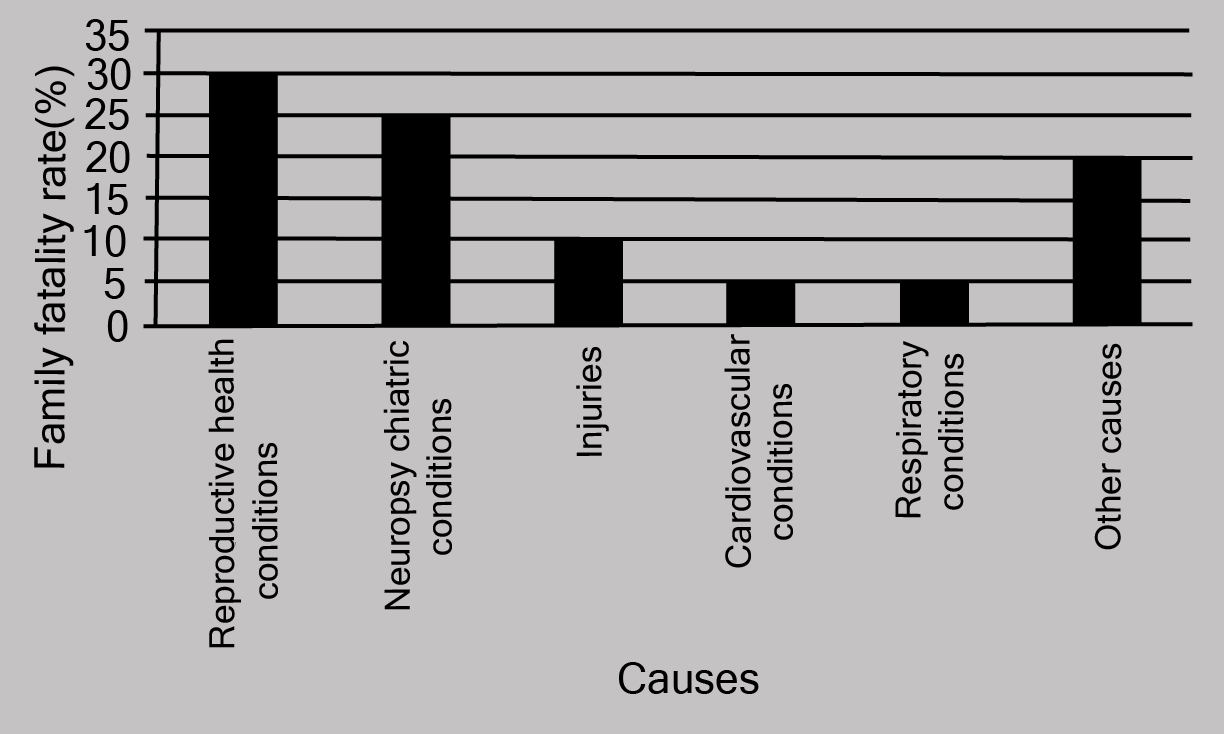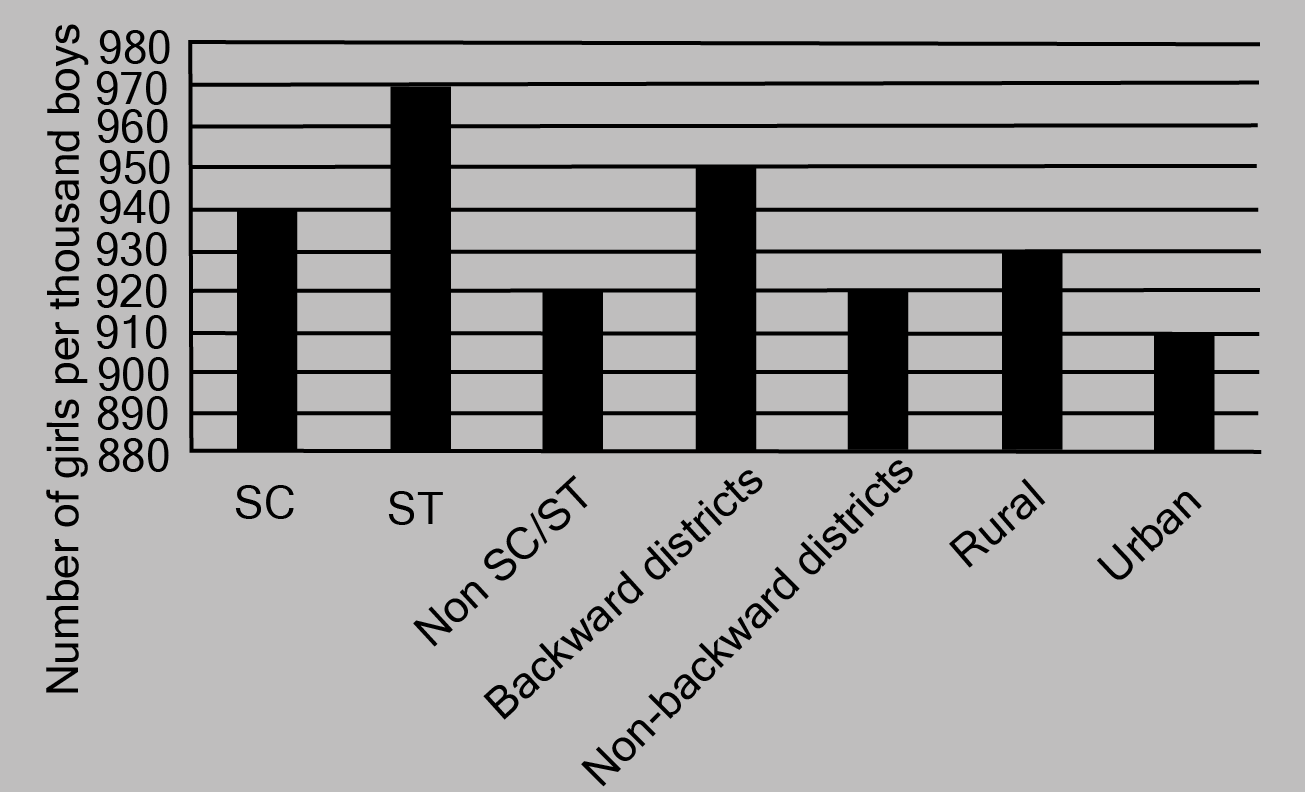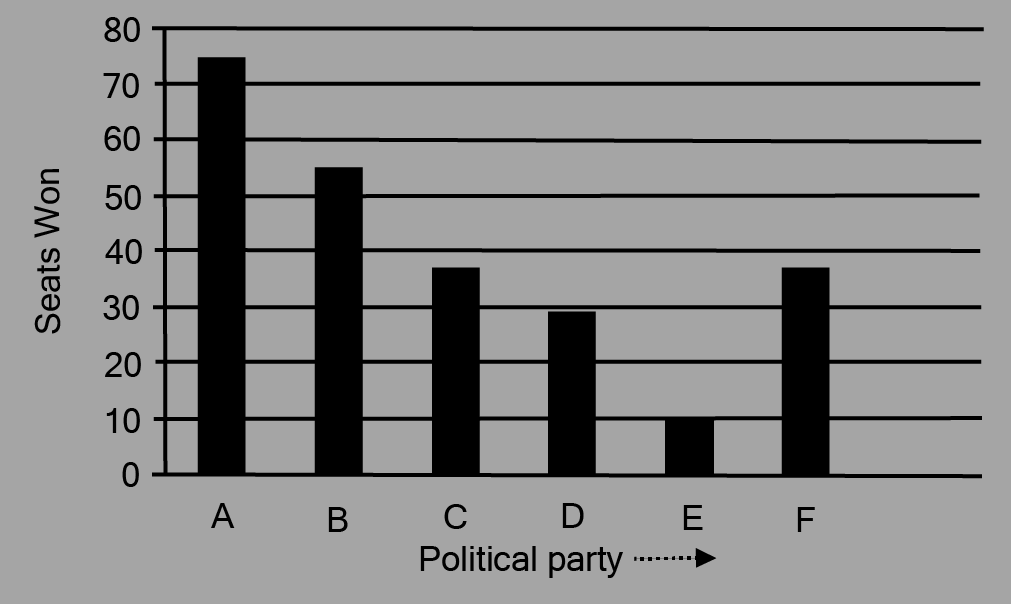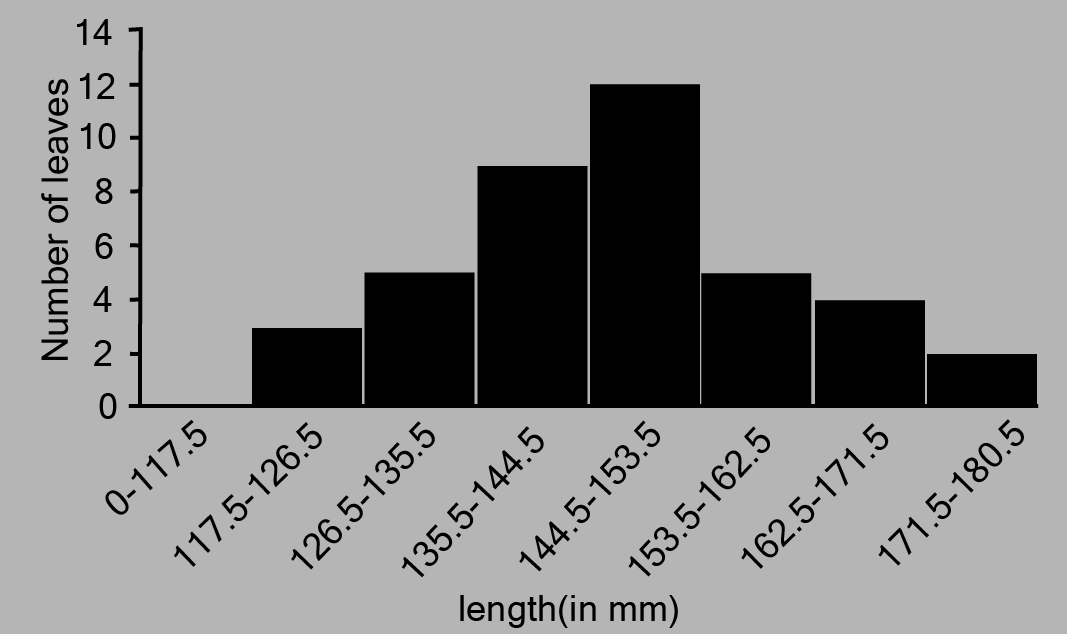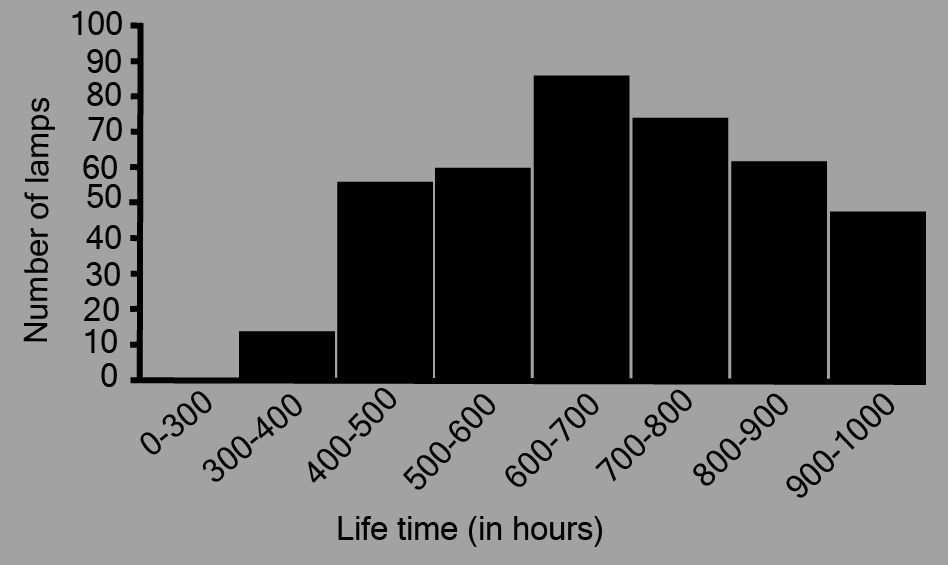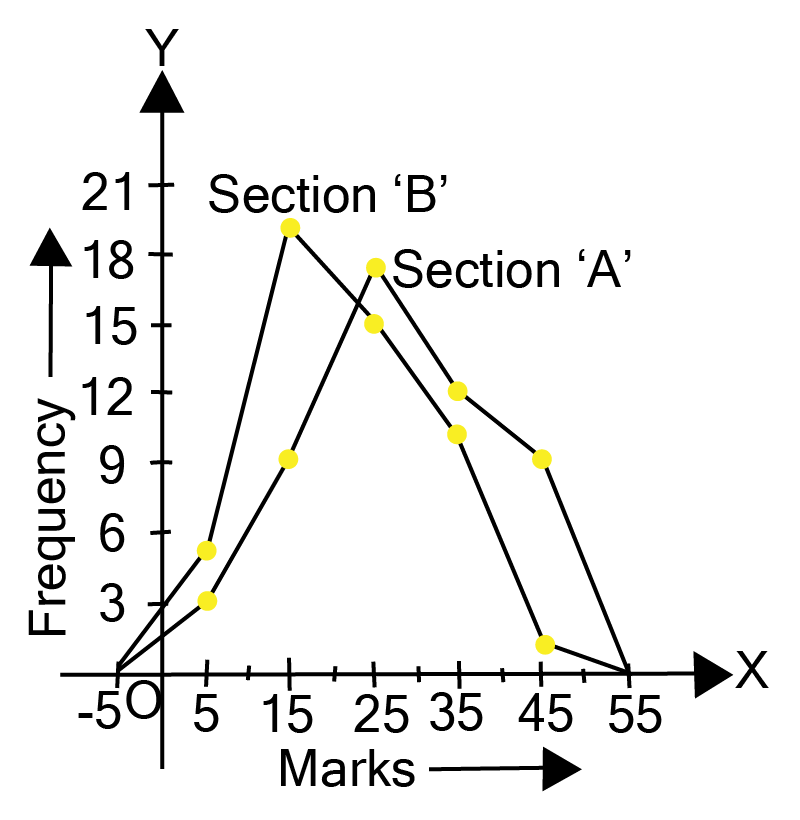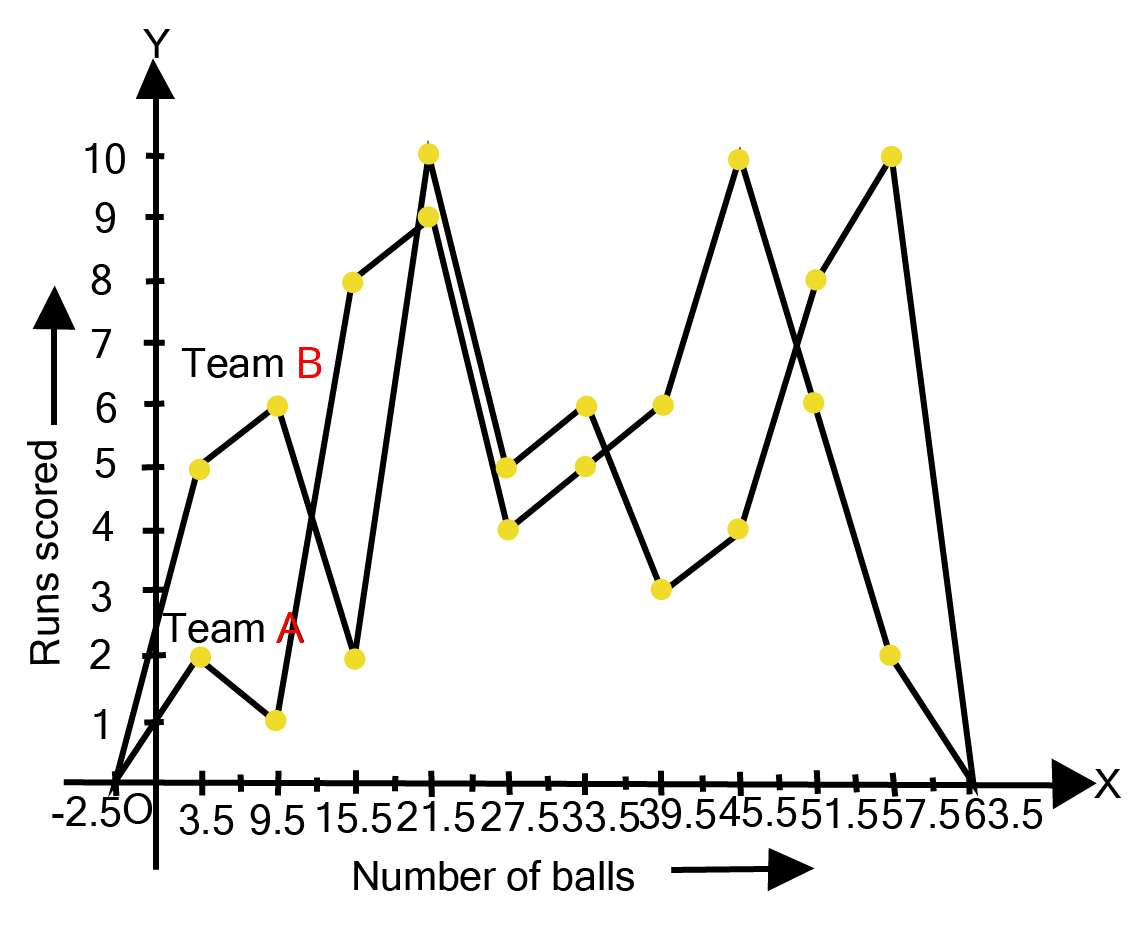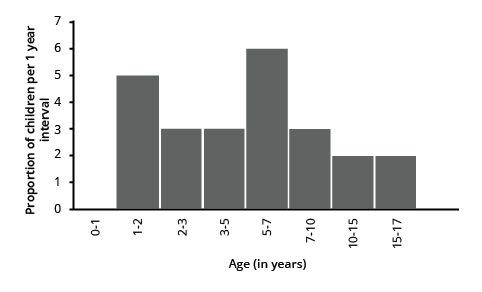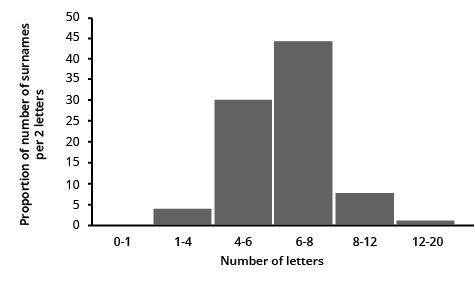NCERT Solutions for Maths Class 9 Chapter 12 Statistics - FREE PDF Download






NCERT Solutions for Class 9 Maths Chapter 12 Statistics

 Share
Share




















FAQs on NCERT Solutions for Class 9 Maths Chapter 12 Statistics
1. How can we find the median of grouped data?
From the class intervals and the corresponding frequency, write the cumulative frequency(cf) in the third column. On finding n/2, locate the median class whose cumulative frequency is greater than and nearest to n/2.
Now Median = l + (((n/2) - cf) / f) h
Where
l = lower limit of the median class
n = no. of observations
cf = cumulative frequency of the class preceding the median class
f = frequency of the median class
h = class size ( where class sizes are equal)
2. What is the relationship between mean, median and mode of a data set?
In the case of any data set, the mean, median and mode are related by the following equation:
Mode = 3 Median - 2 Mean
Any problem on central tendency, that is mean, median and mode can be solved using this formula or a spin-off from the same.
3. Give five examples of data that you can collect from your day-to-day life.
Five examples from day-to-day life:
Number of students in our class
Number of fans in our school
Electricity bills for our house for the last two years
Election results obtained from television or newspapers
Literacy rate figures obtained from the Educational Survey
4. What are the three measures of central tendency for ungrouped data?
The three measures of central tendency are Mean, Median and mode.
5. When are frequency polygons used?
Frequency polygons are used when data is very large and continuous. It is generally used to compare two different sets of data of the same nature. For example, comparing the performance of two different sections of the same class.
6. What is the main focus of 12th Ch Statistics Class 9?
The 12th Ch Statistics Class 9 is centered on cumulative frequency distributions. It teaches students how to construct cumulative frequency tables and graphs, which help in understanding data trends and distributions more comprehensively.
7. How do cumulative frequency graphs help in data analysis in Chapter 12 statistics class 9?
Cumulative frequency graphs, or ogives, assist in visualizing the running total of frequencies. They are useful for determining the median, quartiles, and percentiles, making it easier to analyze the spread and concentration of data points.
8. What are the key skills students develop in class 9th statistics?
In class 9th statistics , students develop skills in creating cumulative frequency tables, drawing ogives, and interpreting these graphs. These skills are essential for summarizing large data sets and making informed statistical inferences.


 Watch Video
Watch Video


